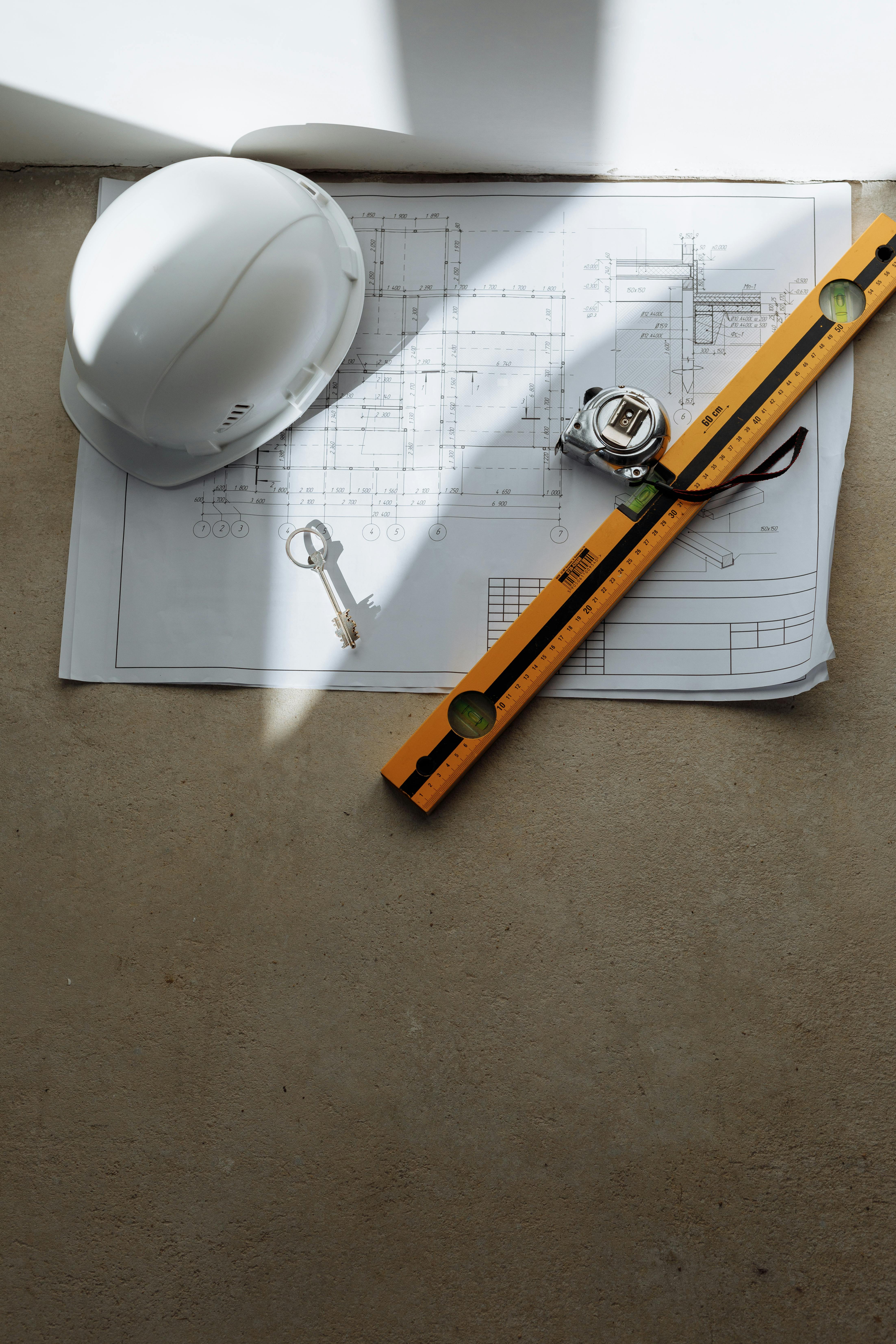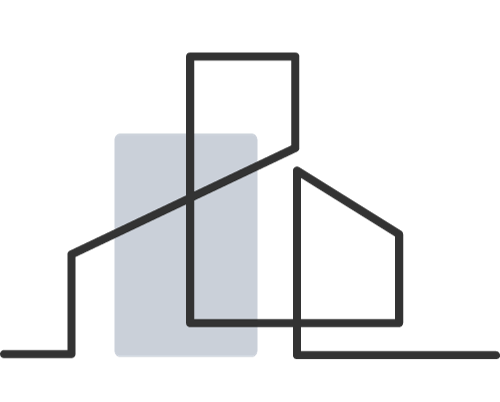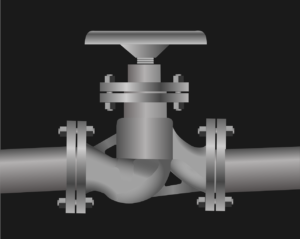
In the scorching summer heat, air conditioners have become a vital source of relief for many households. However, as water begins to drip from your AC unit, potential dangers can arise. This comprehensive article explores the causes, risks, and solutions associated with water dripping from your air conditioner. From condensation to clogged drain lines and frozen evaporator coils, understanding the underlying factors is crucial to maintaining a safe and efficient cooling system. Mold growth, structural damage, electrical hazards, and decreased efficiency are just a few of the risks that can result from unaddressed water leakage. By implementing preventive measures, such as regular maintenance and proper installation, you can ensure the longevity of your AC system while maintaining a healthy and safe indoor environment. Whether you need to unclog the drain line or monitor refrigerant levels, taking a proactive approach will help you enjoy cool comfort without compromising your home’s security.

Understanding the Causes
Condensation
One of the most common reasons for water dripping from an air conditioner is condensation. As warm air passes over the cold evaporator coils, moisture within the air condenses into water beads. While a certain amount of condensation is normal, excessive condensate can lead to issues.
Clogged Drain Line
Over time, dirt, algae, and other debris can accumulate in the drain line, hindering the flow of condensed water. This blockage can result in water backing up and leaking into your living space.
Frozen Evaporator Coils
The evaporator coils may freeze if they are too cold, for whatever reason—low refrigerant levels, restricted airflow, etc. Water leaks may occur when the ice melts.
Dirty or Clogged Air Filter
A dirty or clogged air filter blocks the airflow over the evaporator coils, causing them to become excessively cold. This can lead to condensation and subsequent water leakage.
Incorrect Installation
Poor installation or an improper separator can contribute to water trickling from the air conditioner. If the unit isn’t level or needs proper insulation, it may affect the drainage system.
Understanding the Risks
Mold and Mildew Growth
Mold and mildew can thrive in an environment that has accumulated moisture. In addition to lowering indoor air quality, these fungi are harmful to health, particularly for those who have respiratory disorders.
Structural Damage
Continuous water leakage can lead to structural damage to your home, including water stains, rot, and even damage to ceilings, walls, or flooring. This may result in expensive repairs and maintenance.
Electrical Hazards
There is a chance of electrical breakdowns, short circuits, and even electrical fires if water leaks onto the air conditioner’s electrical parts. If the water comes into contact with any wiring or other electrical devices in your house, this can be extremely dangerous.
Decreased Efficiency
Excessive condensation and water leakage can compromise the efficiency of your air conditioning unit. Decreased efficiency not only increases energy consumption but also reduces the cooling capacity of the system.

Solutions and Preventive Measures
Regular Maintenance
Schedule regular maintenance checks for your air conditioning system. This includes cleaning or replacing air filters, inspecting and cleaning the evaporator coils, and clearing the drain line of any debris.
Proper Installation
Ensure that your air conditioner is installed correctly, with a proper separator and a level placement. This minimizes the chance of water accumulation and promotes efficient drainage.
Unclogging the Drain Line
Periodically check and unclog the drain line to avoid blockages. A simple mixture of vinegar and water can be poured down the drain to break down algae and debris.
Monitor Refrigerant Levels
Low refrigerant levels can lead to frozen evaporator coils. Regularly check and maintain the proper refrigerant levels to prevent this issue.
Inspect and Seal Ductwork
Leaky ducts can contribute to increased humidity levels, leading to excess condensation. Inspect and seal any leaks in the ductwork to maintain proper humidity levels.
Install a Condensate Pump
In cases where the air conditioner is positioned below the level of the drainage point, installing a condensate pump can help efficiently remove condensed water.
Consider Professional Assistance
If you experience persistent issues or are unsure about addressing specific problems, it is advisable to seek professional help. Certified HVAC technicians can diagnose and resolve complex issues, ensuring the optimal performance of your air conditioning system.
In conclusion, while water dripping from your air conditioner may seem like a minor inconvenience, it can have far-reaching consequences if left unaddressed. Understanding the causes, risks, and solutions associated with this issue is essential for maintaining a safe and efficient cooling system. By adopting preventive measures and addressing issues promptly, you’ll be able to ensure the longevity of your air conditioner and enjoy cool comfort without compromising your home’s safety. Regular maintenance and a proactive approach to addressing issues will not only improve the performance of your air conditioning system but also contribute to a healthier and safer indoor environment for you and your family.






